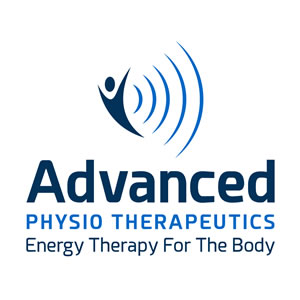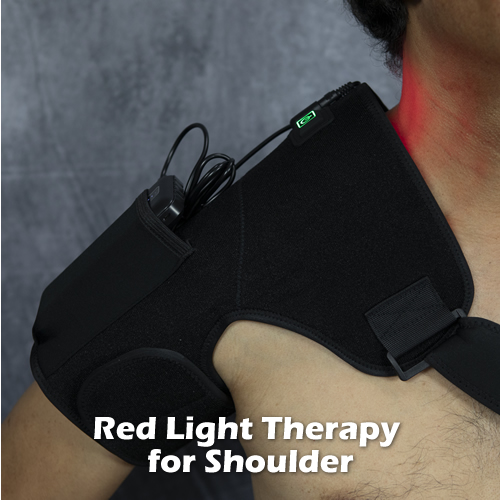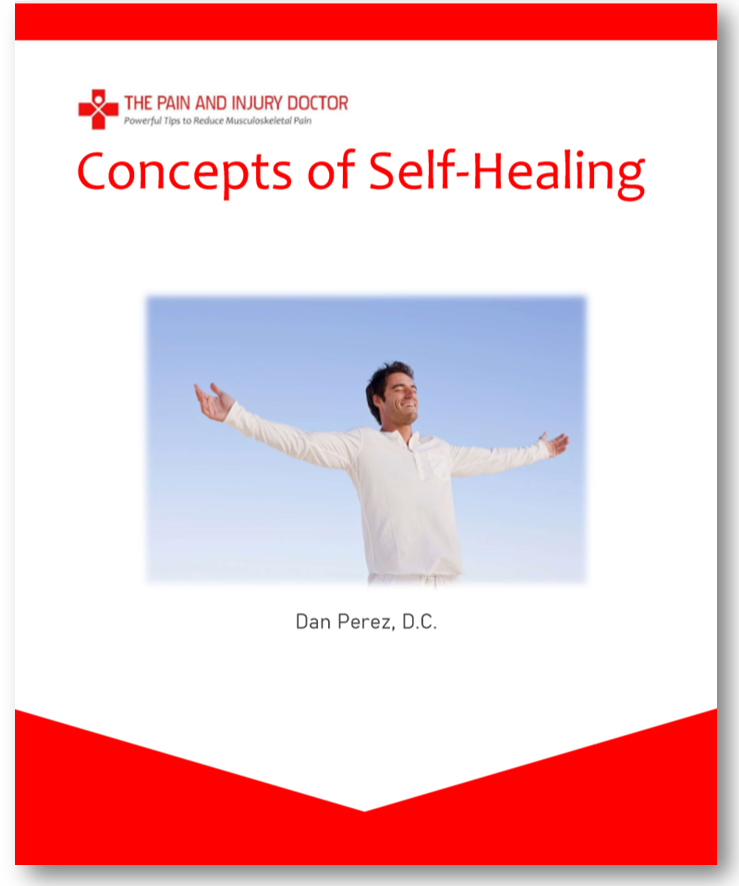Severe Neck Muscle Spasm of Unknown Cause
It’s been a while since I posted my last entry, as I have been busy launching a new authority site, painandinjurydoctor.com. This particular post, as luck would have it, is a case study in a rare condition that I only recently became aware of.
Last June, I experienced a severe case of cervical (neck) muscle spasm. It had a prodrome characterized by soreness around the left side of my left neck; the type that typically is associated with “sleeping in a funny position” or using a bad pillow. That’s what I attributed it to, so I was not concerned, thinking it would be gone in a day or two.
Boy was I wrong. The following day, the soreness quickly turned into unusually severe pain and muscle spasm. Unusual in the sense that I could not think of anything physical I did to trigger it. I certainly did not get injured in the days leading up to the prodrome. The neck spasm and pain took a life of its own.
The pain got so bad that it caused my neck to laterally flex to the left about 25 degrees, and rotated it downward about 10 degrees. The tilt caused mild nausea, as my vestibular system became affected. I was able to walk around gingerly, with head tilt and rotation firmly fixed. Lying down was the only thing that reduced the pain, but I had to use my hand for support when lifting/moving my head on the pillow, as recruitment of the neck muscles was excruciating. When I went to bed that night, I thought to myself “one long night’s sleep should reduce the pain to 50%.” I was still hopeful that my neck spasm was just an ordinary muscle contraction that would resolve on its own.
Wrong again. As I woke up the next morning, I realized to my dismay that the pain was even worse. Normally I would ice and rest it and do passive stretches, but I had a trip planned for the family that involved driving in just two days. I needed to be able to turn my head fully; I needed to be out of pain, and fast.
I drove myself to the emergency room, hoping that prescription medications (which I avoid unless it’s an emergency like this) would be able to calm the muscle. I was prescribed a muscle relaxant and anti-inflammatory, which had no effect. I iced, tried a TENS unit I happened to have at home; and tried a phototherapy (infrared, near infrared therapeutic light) unit; all of which had no effect. I saw an acupuncturist, which did not help.
Determined to knock down the pain, I went to a dentist I knew and had some anaesthetic injections directly into the posterior neck muscles (I originally thought of getting Botox, which he did not recommend). By this time, the pain was so severe that it created referred myofascial pain in the left hemisphere of my scalp, especially the occiput region. The anaesthetic shots did nothing. That evening, I consulted with my colleague, and we decided to try a kenalog (cortisone) injection the next day.
I received three kenalog injections (about 5 cc) along my left upper trapezius. I felt nearly immediate relief (but partial). This was the first thing that seemed to dampen some of the pain. I estimate that it reduced the pain by about 33%.
In the coming days, the pain gradually reduced, and I was able to turn my neck better. But there was more reason for concern. I noticed that my left sternocleidomastoid muscle was flaccid. I could not get it to respond with neck movement, and even resistance exercise. It was as if it weren’t there. I was still able to rotate my neck to the right, because other muscles that are used for this were normal.
What could cause it? My first thought was the Spinal Accessory Nerve, a cranial nerve that controls the sternocleidomastoid muscle and part of the trapezius muscle. I wondered if it was possible that I somehow injured it and snapped it off my neck muscle (I lift heavy weights regularly). But this was not likely, as significant force is required to detach a nerve from a muscle, and I did not sustain any traumatic injury that would explain my symptoms. Then I thought of possible brain lesions. A tumor could affect the neurons that form the spinal accessory nerve. However, a brain MRI ruled that out.
I spoke to three MDs, including an experienced orthopedic surgeon, who were basically stumped by this presentation.
So, let’s go over the facts: severe neck spasm with no apparent physical etiology; no response to medications and electrotherapy; no response to anesthetic; some response to kenalog; negative findings on brain MRI, and flaccid left sternocleidomastoid muscle but normal neck range of motion (active and passive).
I spent the next couple of days researching the internet, trying to find information that would explain my condition. And, I believe I found the answer to this perplexing problem.
My research led me to a rare condition known as hyperkalemic periodic paralysis. You can read more about it by clicking the link, but basically it is a condition caused by a faulty gene that makes a protein that plays an important role in muscle contraction. In order for a muscle to contract, the electroytes sodium (Na+) and potassium (K+) flow along channels within the muscle. The faulty protein in hyperkalemic periodic paralysis plays a role in the structure of these channels. If you want detailed information on mechanism of this condition, this article does a good job.
Some people with HPP have high levels of potassium (K+) in their blood during a spasm attack and shortly thereafter; some have normal levels. Factors that can trigger attacks include rest after exercise, potassium-rich foods, stress, fatigue, and periods without food (fasting). Muscle strength improves between attacks, although many affected people continue to experience mild stiffness (myotonia), particularly in muscles of the face and hands.
Why it would be very specific to one muscle and not affect other muscles is unknown. At least I could not find any information that would explain this.
One month after the attack, my left SCM is showing early signs of making a comeback. There is slight definition of the distal portion that attaches to the collarbone when doing active resistance (stressing the muscle). Hopefully, it will return to normal, and this nightmare will not happen again.
So, lesson learned: if you have a severe muscle spasm and notice that it is flaccid after the pain is gone, you might have hyperkalemic muscle paralysis. The current medical advice is to determine if you have the hyper or hypo kalemic variant. If you have hyperkalemia, the recommendation is to avoid foods high in potassium. Avoid fasting, and make sure to eat carbohydrates. Also, avoid strenuous exercise (this is one I have to ignore, until I am proven otherwise). Apparently, rest after strenuous exercise is a trigger for this condition.
P.S. There is more to the story to this (that involves the Kenalog injection). More on this later.








